10 Species That Are in So Much Danger They'll Be Featured on Limited-Edition Shirts
Teamwork for endangered species
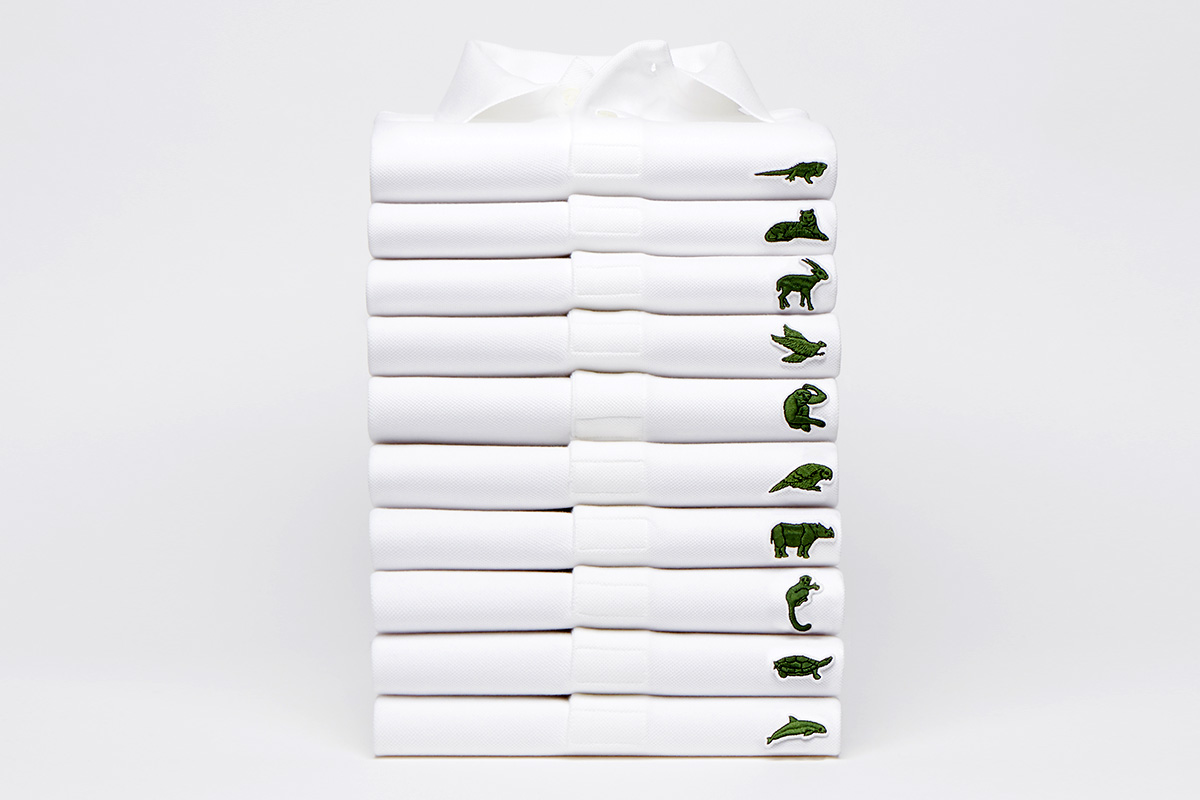
Preppy polo shirts are getting a makeover to highlight the plight of endangered species.
In collaboration with the International Union for Conservation of Nature (IUCN), sportswear brand Lacoste is temporarily booting its iconic crocodile embroidery from the chest of a limited number of its polos in favor of 10 species on the brink of extinction. For a limited time, the shirts will instead sport little green vaquitas, kakapos, Javan rhinoceroses and California condors, among others.
The number of limited-edition shirts produced with each species corresponds to the best estimates of the number of animals of that species still living in the wild. Read on to learn more about the animals in the greatest danger.
Saola - Asian unicorn
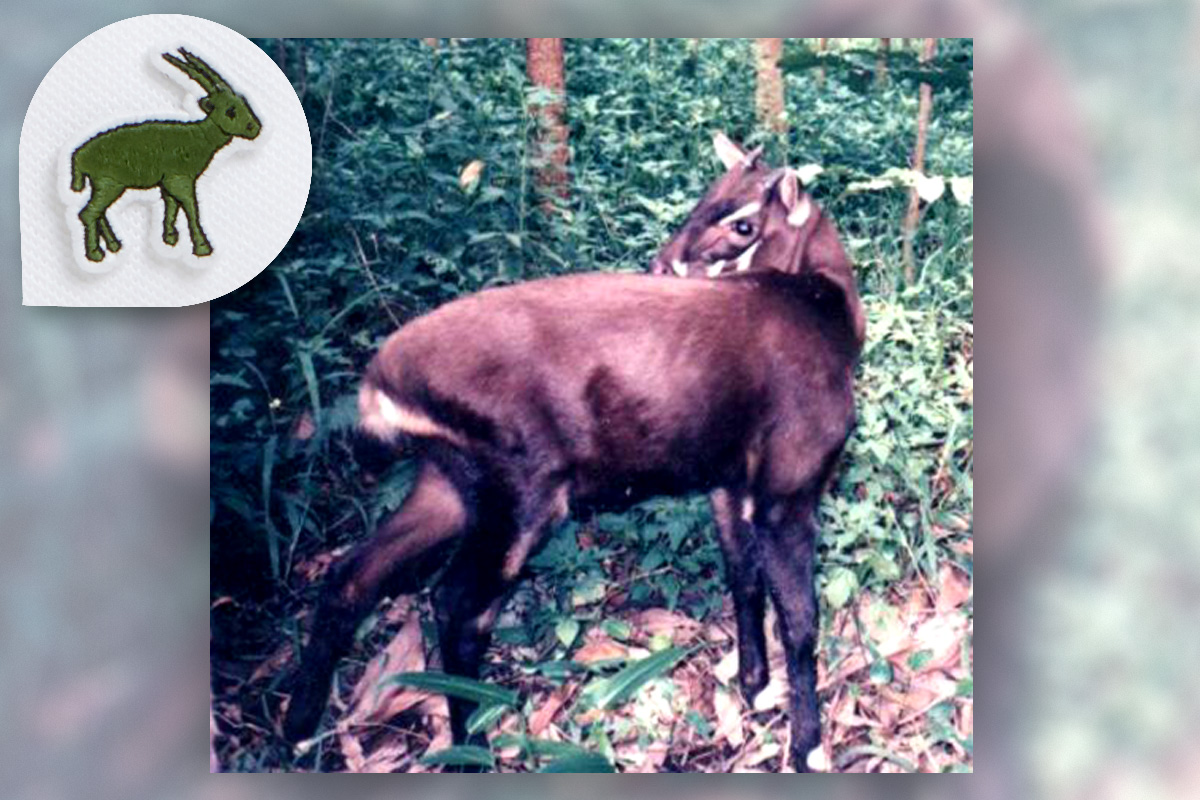
Two-hundred and fifty Lacoste shirts will feature the Saola (Pseudoryx nghetinhensis), a reclusive horned herbivore that lives only in the Annamite Mountains, which span parts of Laos and Vietnam. The IUCN estimates that fewer (perhaps far fewer) than 750 of the antelope-like animals survive in the wild. They're better known as the "Asian unicorn," in part because of their delicate horns and in part because they are so rarely sighted as to seem nearly mythical.
Sumatran tiger
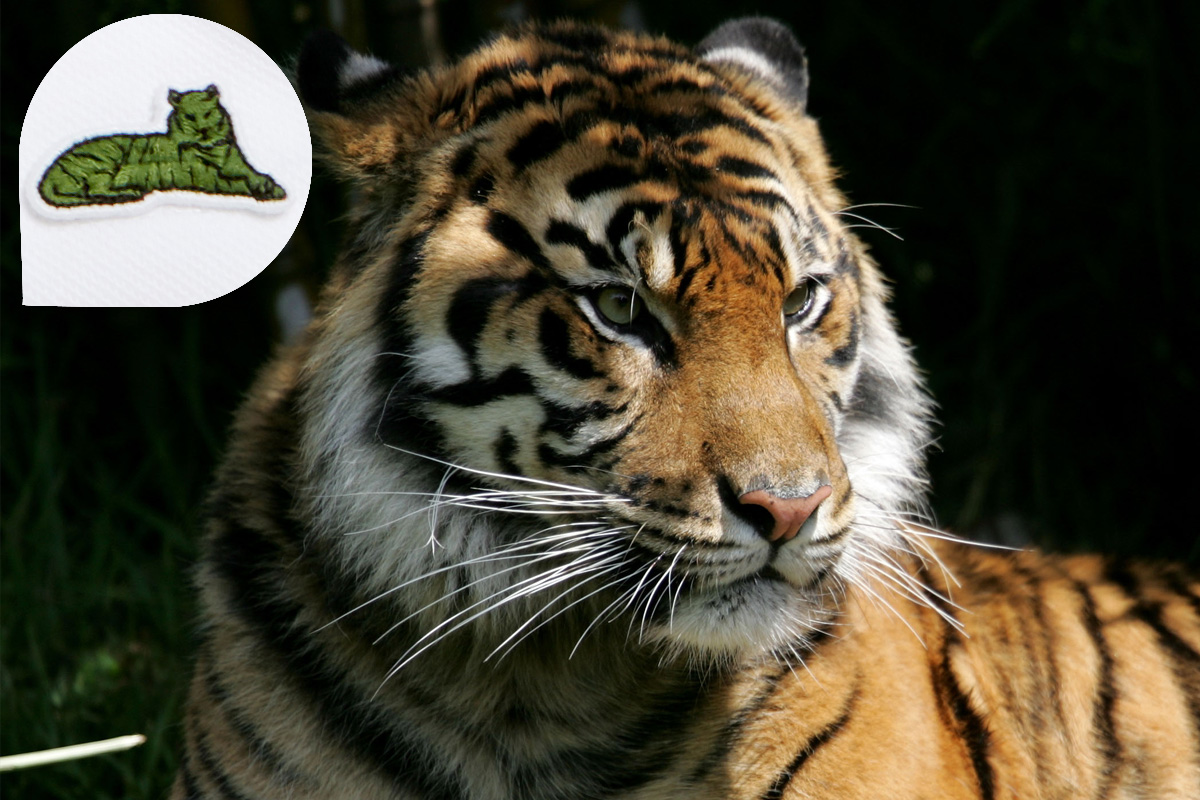
Fewer than 400 Sumatran tigers (Panthera tigris sumatrae) survive in the wild, according to the World Wildlife Fund (WWF). They live only on the Indonesian island of Sumatra and are on the decline due to deforestation and poaching. TRAFFIC, an organization that monitors global wildlife trafficking, estimates that at least 40 Sumatran tigers are poached each year, and the rate is not declining. Lacoste is making 350 shirts featuring the Sumatran tiger.
Anegada ground iguana
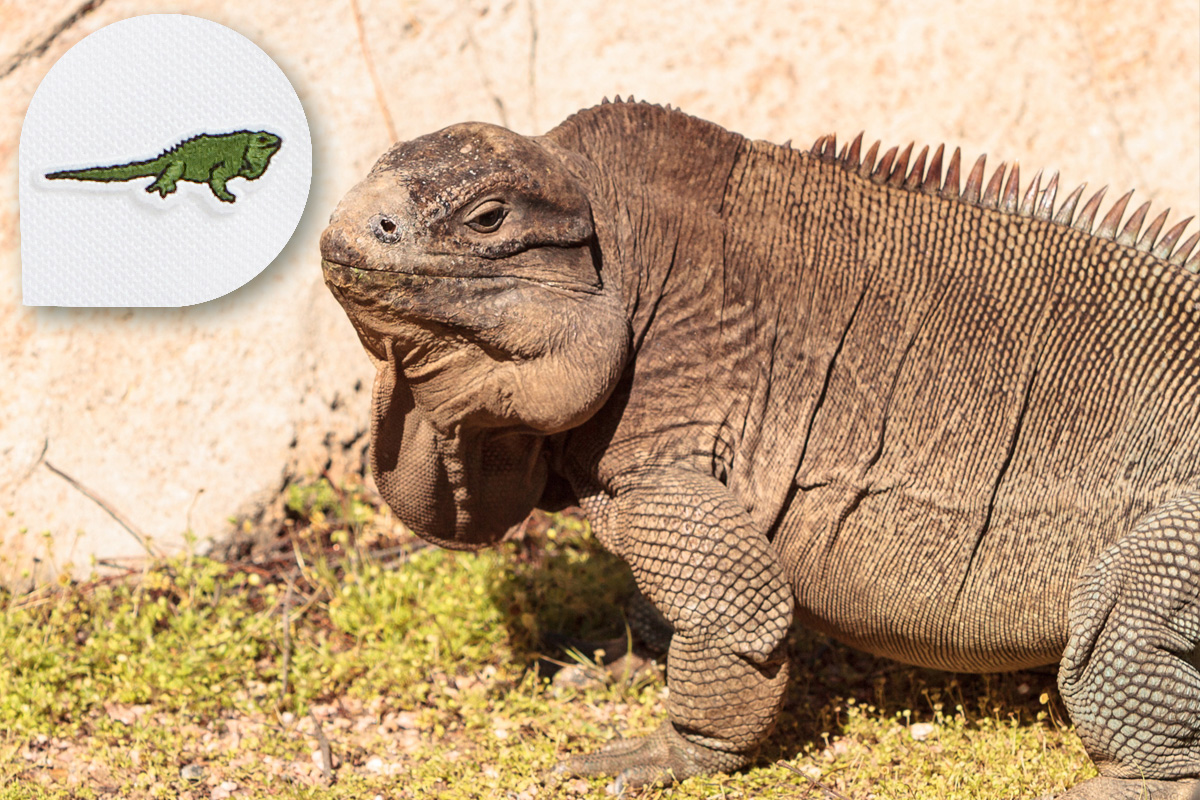
The critically endangered Anegada ground iguana (Cyclura pinguis)is the first species Lacoste is showcasing on its limited-edition shirts. According to the IUCN, there are probably fewer than 200 individuals of the species left in the wild. The iguanas live primarily on Anegada, the northernmost of the British Virgin Islands, and they can grow to be up to 23 lbs. (10.4 kilograms) and nearly 2 feet (0.6 meters) long. They're threatened mainly by livestock ranching and by non-native predators, particularly feral cats and dogs. Lacoste is making 450 shirts with embroidered iguanas on the chest.
California condor
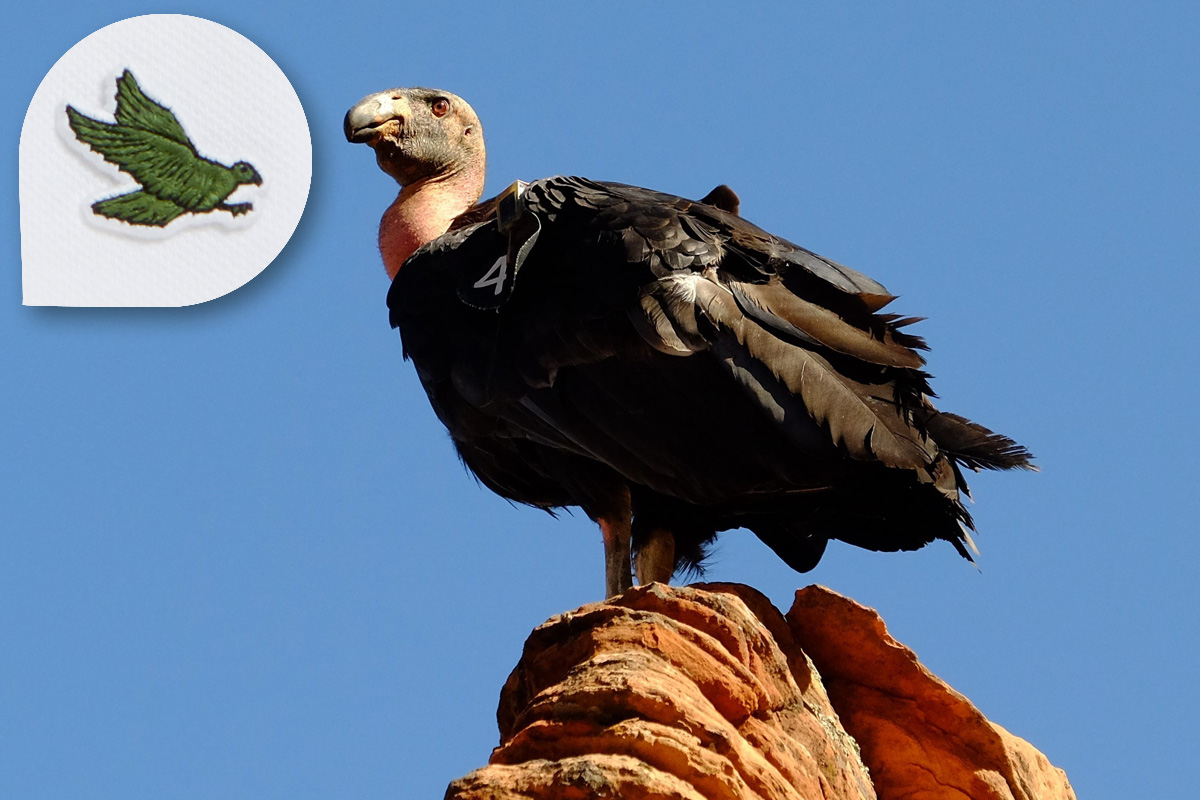
The enormous California condor (Gymnogyps californianus) was once extinct in the wild, but an enormous conservation effort brought the species back from the brink — just barely. There are now 446 California condors in total, with 276 of those living in the wild, according to the California Condor Recovery Program. That means the species is still critically endangered; Lacoste will make 231 shirts featuring the scavenging bird.
Get the world’s most fascinating discoveries delivered straight to your inbox.
Kakapo
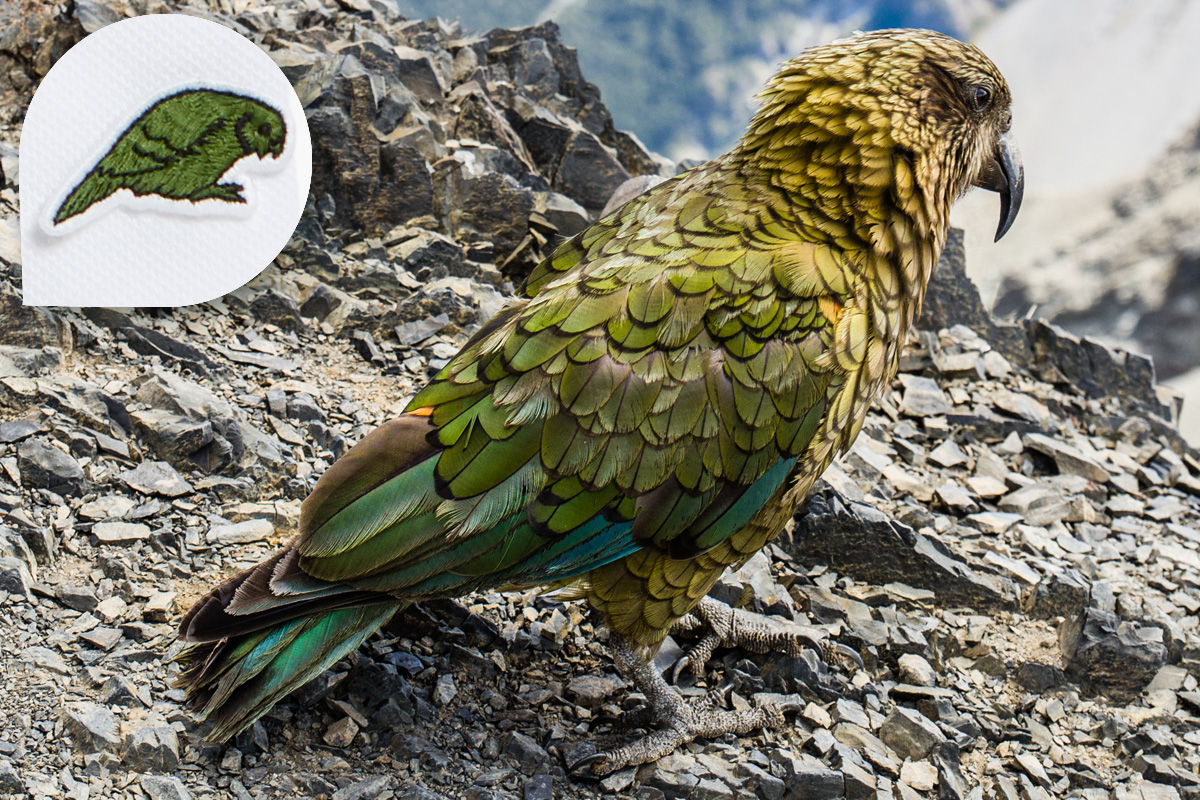
The kakapo, or owl parrot (Strigops habroptila), is a moss-green bird that can weigh up to 8.8 lbs. (4 kg). Kakapos live only in New Zealand. In 1999, there were only 62 individuals left, according to the IUCN. Intensive breeding programs brought the number up to 157 by 2016. Cats, stoats and rats (all non-native predators) are the biggest threats to the birds, which breed only once every two to five years. Lacoste will make 157 shirts featuring the kakapo.
Cao-vit gibbon
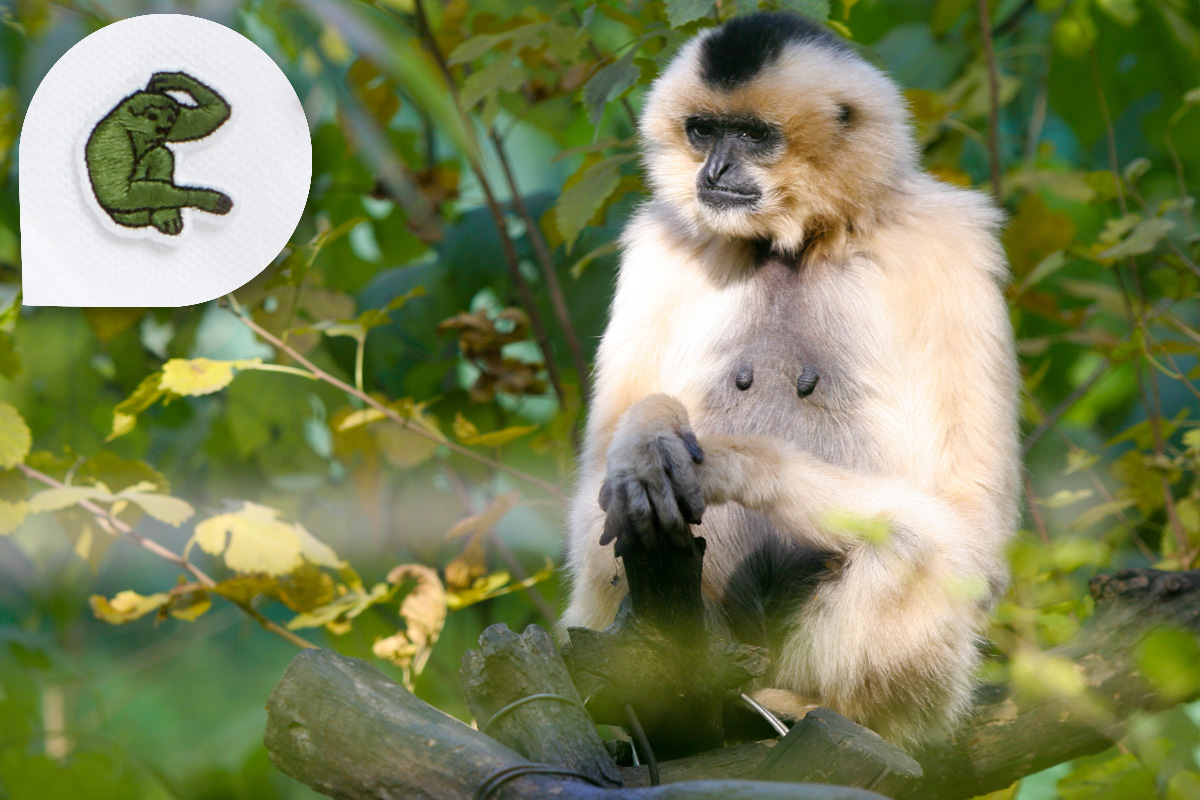
There are fewer than 250 cao-vit gibbons (Nomascus nasutus) left in the wild, according to the IUCN. They're found only in a particular stretch of forested mountains right on the Vietnam-China border, and their population has declined by at least 80 percent over 45 years. Hunting and habitat loss are the major threats to the cao-vit gibbon, according to the IUCN, along with the genetic diversity struggles that come from having only a tiny, fragmented population. Both China and Vietnam are working to set up protected areas and to prevent deforestation within the gibbons' range. Lacoste will make 150 shirts featuring the long-armed primate.
Javan rhino
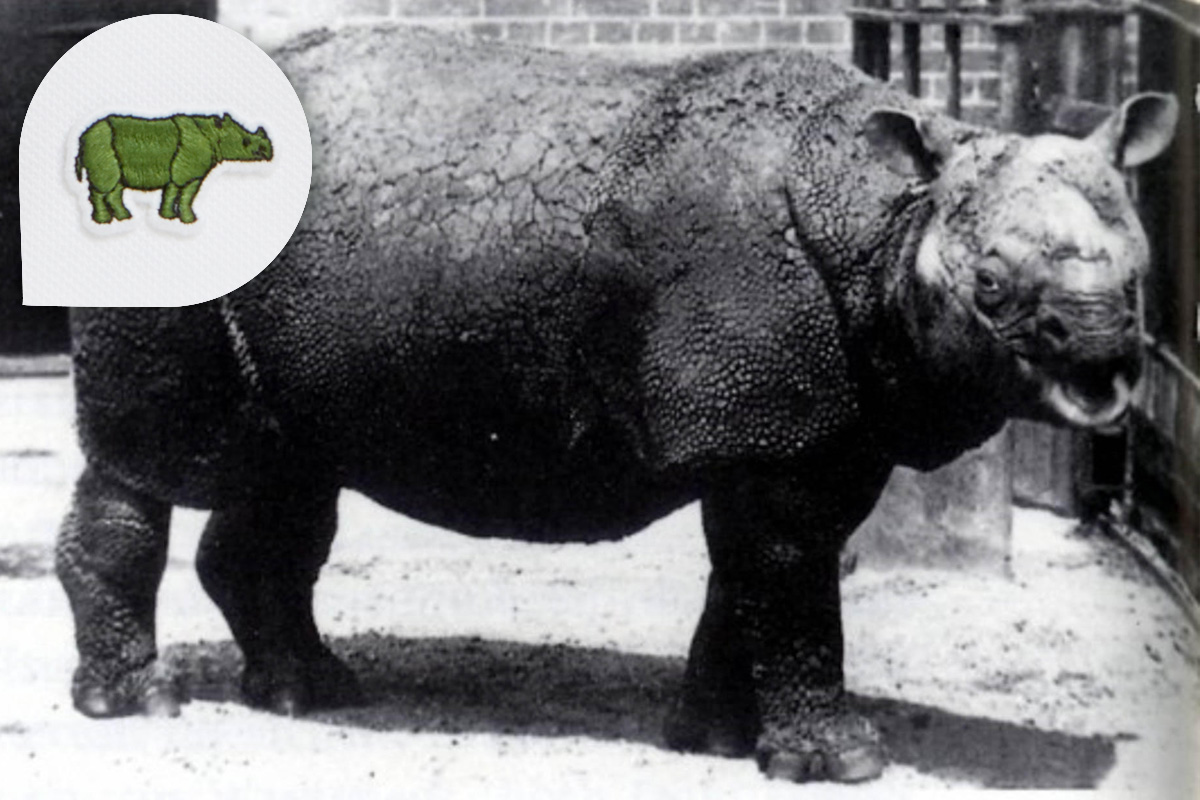
Lacoste will make a mere 67 shirts featuring the Javan rhino (Rhinoceros sondaicus), approximately matching their estimated numbers in the wild. This rare rhinoceros is the most threatened of the five rhino species, according to the WWF. They live only in Ujung Kulon National Park on the Indonesian island that gave the species its name, though conservation organizations, including the WWF, are attempting to establish a second population somewhere else on Java to expand the population. Poaching is one threat facing the Javan rhino, but the animals are also critically endangered because of habitat loss and invasive plant species that drive out their natural forage.
Northern sportive lemur
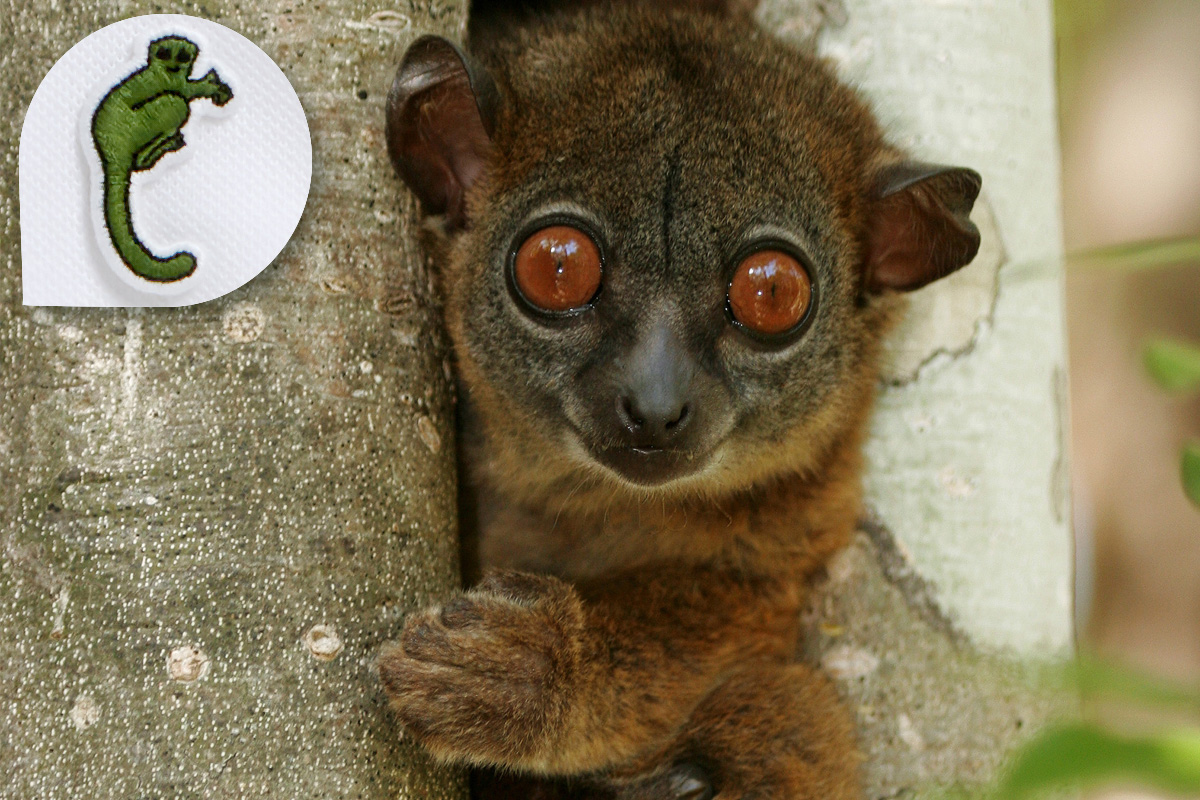
Tiny and spry, the northern sportive lemur (Lepilemur septentrionalis) is a nocturnal resident now found only in the far north of Madagascar, according to the IUCN. It's tiny, weighing only about 1.7 lbs. (800 grams) and growing no more than about 19 inches (50 centimeters) in length. As illegal plantations and charcoal production have cleared trees from Madagascar, the tiny lemur's population has declined to only about 50 individuals. Lacoste is making 50 shirts to reflect that number.
Burmese roofed turtle
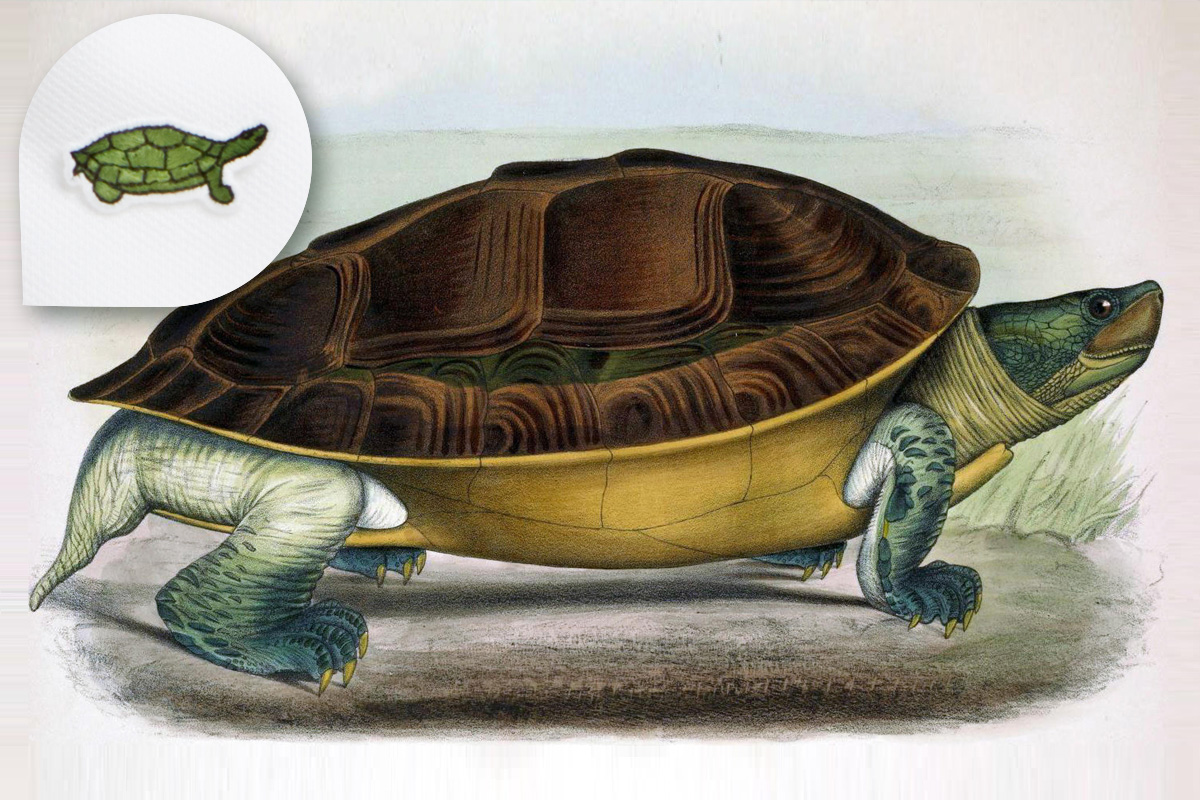
Forty Lacoste shirts will eschew the crocodile logo in favor of another reptile, the Burmese roofed turtle (Batagur trivittata). This species, once found living in freshwater rivers in Myanmar, is so critically endangered that it was believed extinct until 2002; it's not even certain how many live in the wild, though the Yadanabon Zoological Gardens in Mandalay, Myanmar, keeps a captive population. The turtles have lost habitat as their river homes have been dammed, disturbing their nesting beaches. Efforts to reintroduce sustainable populations into the wild have been ongoing since 2015, according to MyanmarBiodiversity.org.
Vaquita
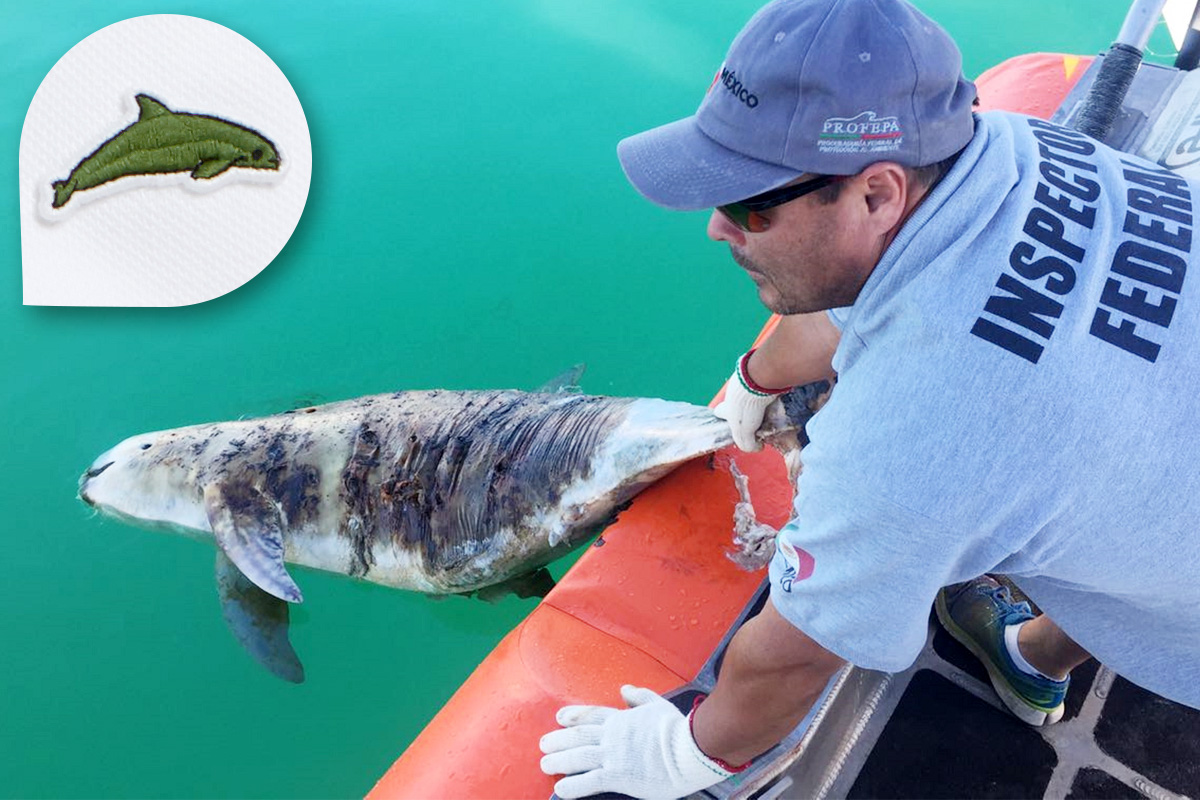
The Gulf of California porpoise or vaquita (Phocoena sinus) is the rarest marine mammal in the world. The WWF estimates that about 30 individuals remain in the wild. These porpoises grow to about 5 feet (1.5 m) in length and are recognizable by their distinctive dark patches around their eyes and mouths. They're found only in the shallow waters of the northern Gulf of California, where their numbers have been decimated by illegal net-fishing operations. Lacoste will make 30 shirts featuring the vaquita.

Stephanie Pappas is a contributing writer for Live Science, covering topics ranging from geoscience to archaeology to the human brain and behavior. She was previously a senior writer for Live Science but is now a freelancer based in Denver, Colorado, and regularly contributes to Scientific American and The Monitor, the monthly magazine of the American Psychological Association. Stephanie received a bachelor's degree in psychology from the University of South Carolina and a graduate certificate in science communication from the University of California, Santa Cruz.


